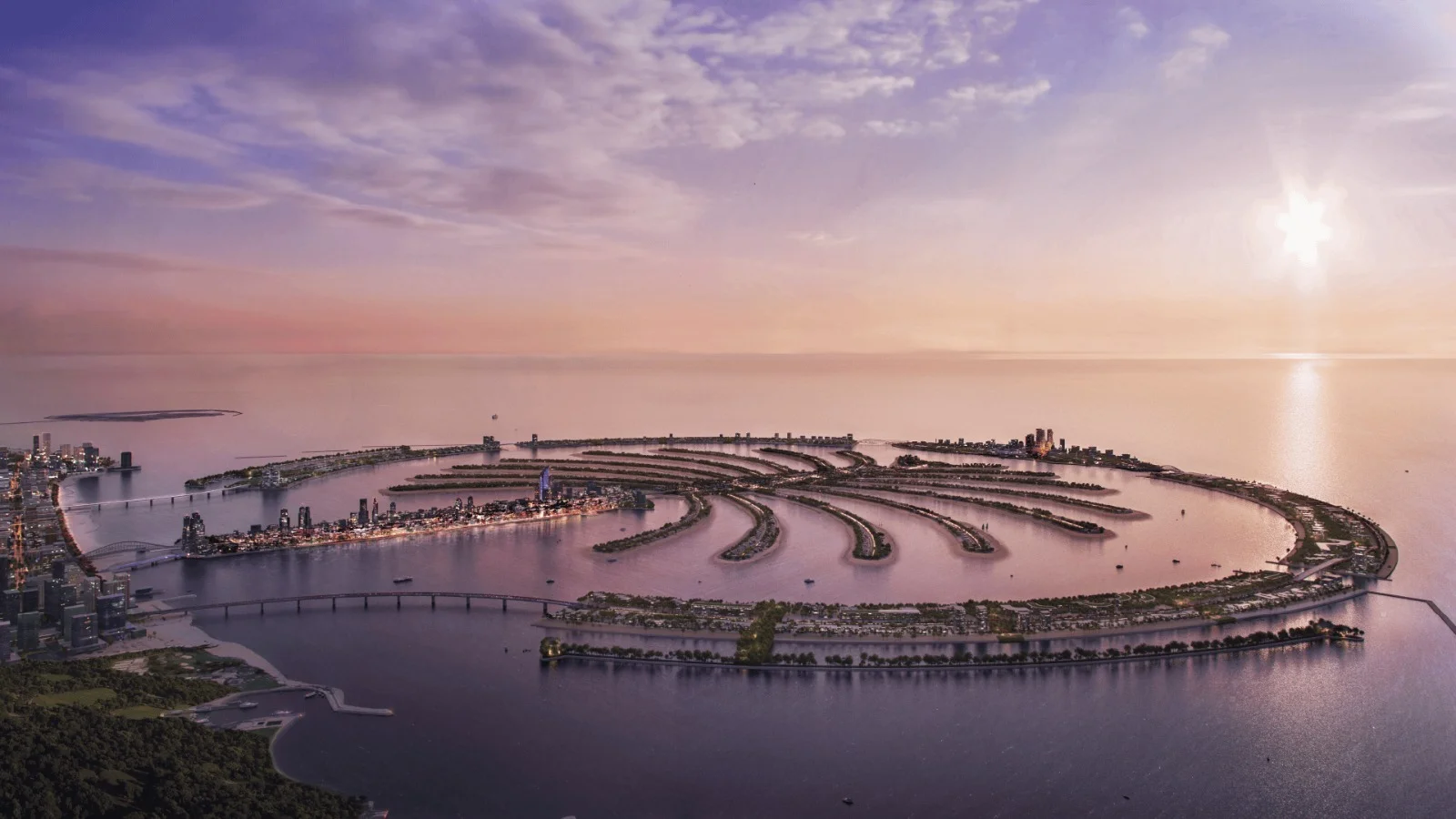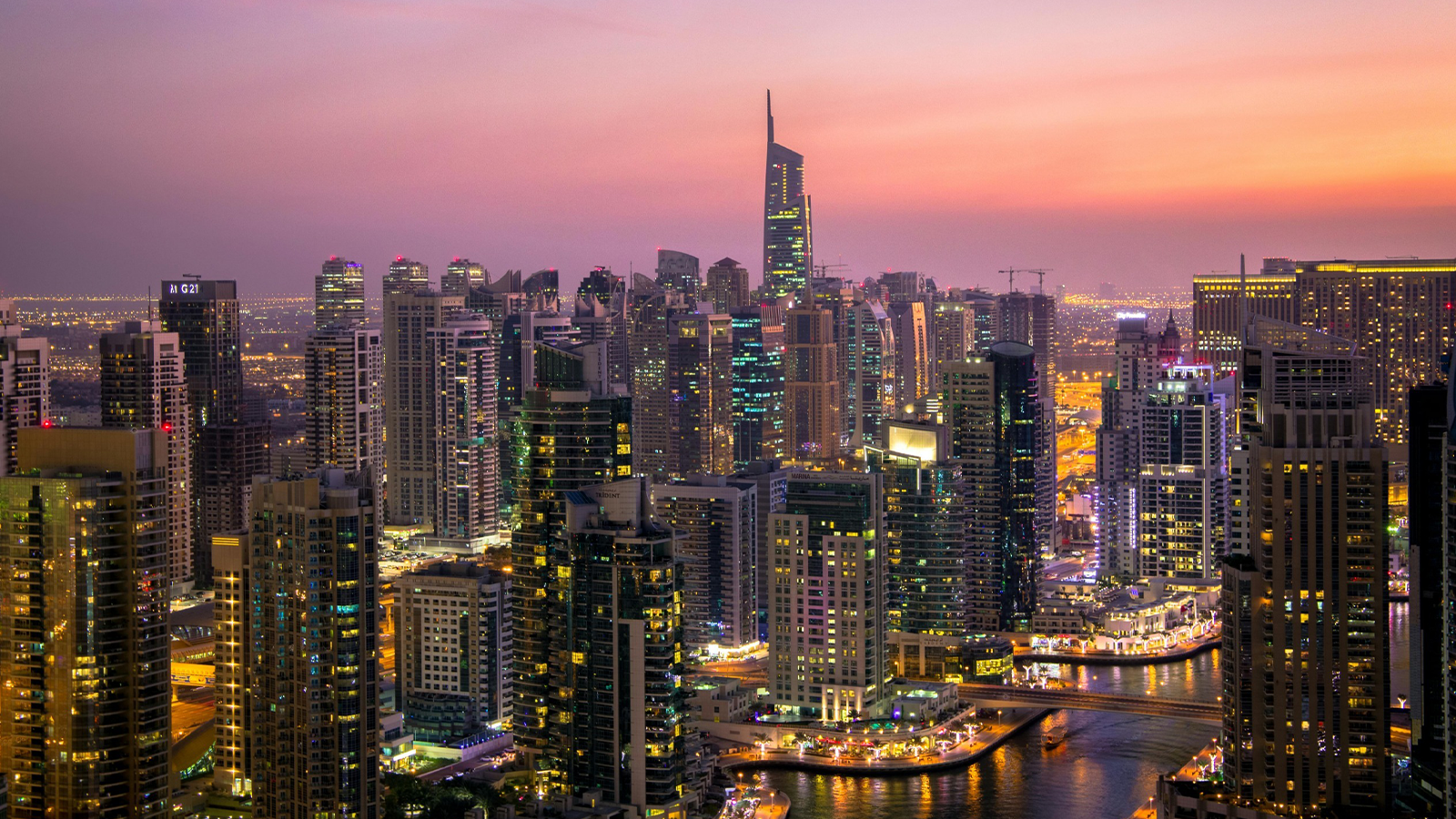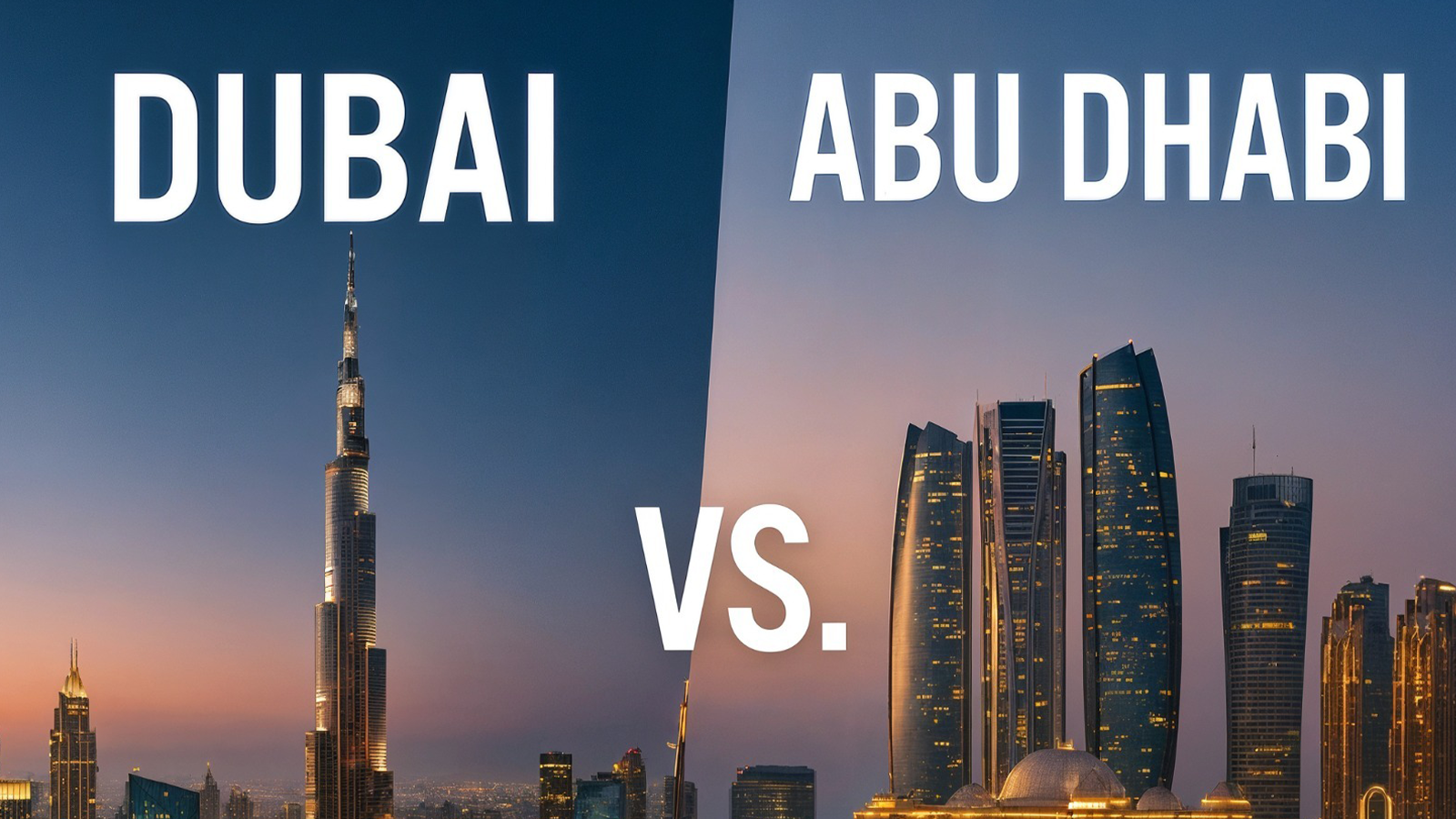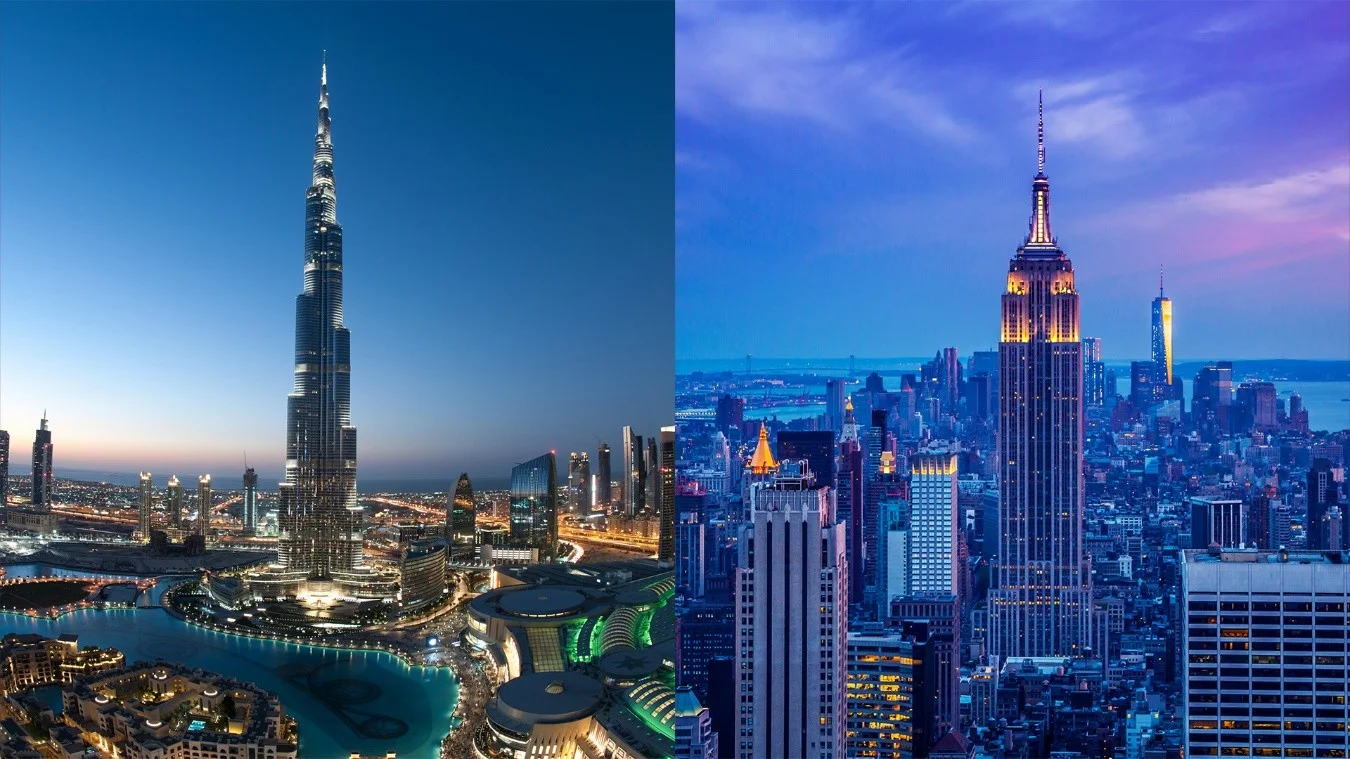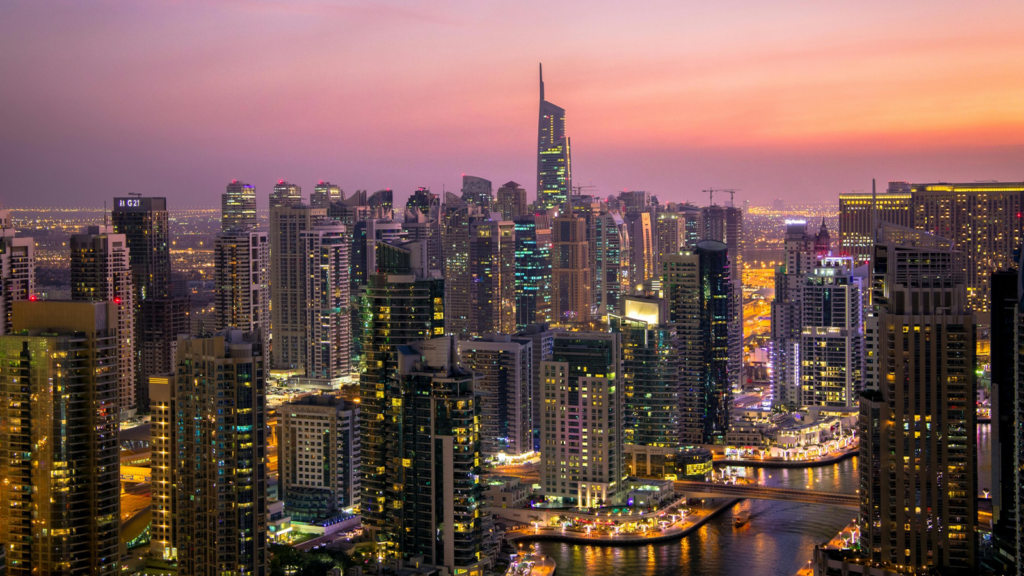
The video opens with a bold declaration: “It wasn’t luck. It was bold vision.” It sets the tone immediately—Dubai’s ascent isn’t due to chance, but to strategic ambition. Roughly 50 years ago, this territory was “just sand.” Today, it’s a global symbol of audacious planning and exponential growth
Dubai in the 1970s was characterized by minimal infrastructure, a desert coastline, and a modest population. The region’s prospects seemed limited. The video emphasizes that fifty years ago, Dubai lacked major urban development and had nearly none of the infrastructure now associated with a major global hub.
Against this barren backdrop, visionary leadership—particularly the ruling Al Maktoum family and city planners—embraced a forward-thinking ethos. Their message: investment in infrastructure, tourism, and innovation would elevate Dubai beyond its limitations.
The transformation accelerated through major infrastructure projects that redefined Dubai’s skyline and identity:
These symbols aren’t mere buildings—they are harbingers of ambition and global recognition.
Dubai intentionally pivoted from oil dependency to a diversified economy:
Dubai also enhanced its appeal by adopting more tolerant and cosmopolitan policies:
Today, Dubai stands as a metaphor: where others saw desert, the city saw possibility. Its transformation illustrates what bold governance, wealth reinvestment, and long-term planning can achieve. The video’s message: not all recognize such vision—but those who do have reshaped history.
While the video emphasizes bold success, deeper analysis reveals complexities:
These challenges are part of Dubai’s evolving narrative—evidence that transformative growth also brings new issues to manage.
Dubai is setting the stage for continued ambition:
Dubai’s leaders constantly position the emirate as a pioneer, not a follower—reinforcing that the journey is far from over.
Dubai’s story offers universal takeaways:
Theme |
Lesson |
|---|---|
|
Vision |
Long-term planning can redefine destiny |
|
Infrastructure |
Bold projects attract global economies |
|
Diversification |
Reducing reliance on finite resources is vital |
|
Branding |
Iconic architecture can elevate perception |
|
Global Integration |
Strategic connectivity fuels global relevance |
|
Adaptive Growth |
Staying ahead requires continual reinvention
|
Through infrastructure, diversification, and global openness, Dubai turned “just sand” into a sprawling metropolis and economic powerhouse in just half a century. Its narrative challenges other cities and nations to think bigger, act boldly, and plan for generations—not just years.
Dubai’s journey is a testament: when vision aligns with planning and resources, what once seemed impossible becomes undeniable reality.
